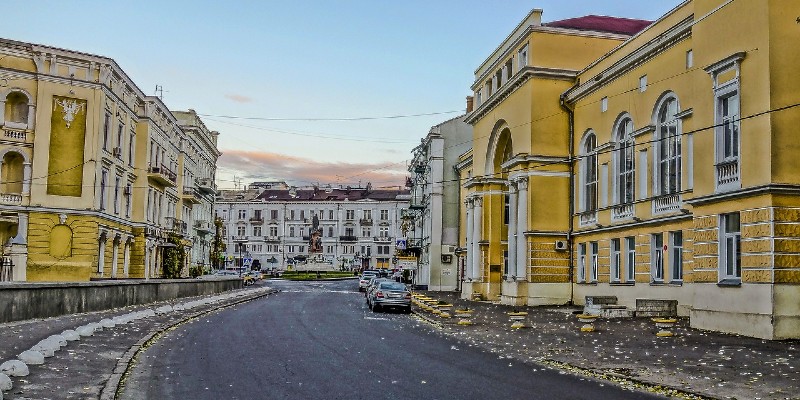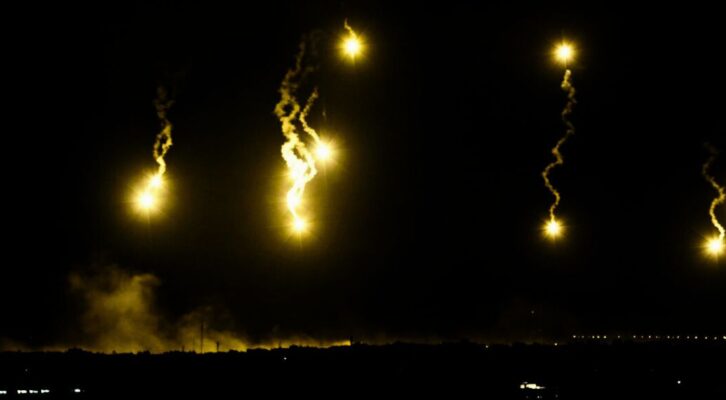Founded by Catherine the Great, though often described as distinctly un-Russian in manner and disposition, the Ukrainian port city of Odessa (and nowadays often spelled “Odesa”) is currently in the news for the horrors of war and the city’s brave resistance to Russian attack, historically Odessa stands out as a crime city…criminal legends have been built here in this amazing city on the Black Sea in southern Ukraine. Charles King’s history of the city (which explains a lot about how this Black Sea coastal city became so notorious for crime, exotic criminals, and violence) Odessa: Genius and Death in a City of Dreams (2011) lays out the case for Odessa:
‘a taste for the witty and absurd; a veneer of Russian culture laid over a Yiddish, Greek and Italian core; a boom-and-bust economy; a love of the dandy in men and the daring in women; a style of music and writing that involved both libertine abandon and controlled experimentation; and an approach to politics that swung wildly between the radical and the reactionary.’
We could almost be in Marseilles, Alexandria, Algiers, Hamburg, Istanbul, Shanghai or New Orleans – indeed any polyglot and rambunctious cosmopolitan port city with a raffish reputation. But Odessa is unique. Four governing countries in its history – the Russian Empire, the Soviet Union, Romania (the WW2 occupying power), and now Ukraine; horrific persecutions of the large Jewish population (traditionally between a quarter and a third of the city’s populous) with pogroms and wholesale slaughter in the war. Deribasovskaya Street is the place to take Odessa’s crime pulse. It’s always been where couples stroll, old men debate endlessly and the city’s young blades eye each other warily in the evening cool. The shade of the trees, the wide boulevards, the bustling café terraces: Lebn Got in Odes! Goes the Yiddish phrase, “To live like God in Odessa!”
Crime in Odessa of course starts and invariably finishes with Isaac Babel and his Odessa Stories (or Tales of Odessa, published originally in various Soviet magazines between 1921 and 1924 and then published as a book in 1931). We are in Moldovanka, a Jewish ghetto of Odessa ruled over by Benya Krik (based on real Odessa criminal Misha Yaponchik, or perhaps Mishka Vinnitsky, or a composite of many of old Odessa’s underworld bosses). The anti-hero Benya Krik and The Odessa Stories have of course now passed into legend along with Odessa’s criminal past, a history well told in Jarod Tanny’s non-fiction City of Rogues and Schnorrers: Russia’s Jews and the Myth of Old Odessa (2011) and Roshanna Sylvester’s Tales of Old Odessa: Crime and Civility in a City of Thieves (2005).
Things sadly turned out badly for Babel of course when Stalin had him shot in 1940. He was rehabilitated by Khrushchev in the 1950s and, in 2011, a memorial to Babel was erected on the corner of Rishelievska Street and Zhukovskoho Street in old Odessa. A remembrance of the Odessa Babel conjures up, still with plenty of criminality, is Vladimir Jabotinsky’s The Five (1936) subtitled a novel of Jewish life in turn-of-the-century Odessa. And then there’s Robert A Rosenstone, who mixes up a bunch of crimes and mishaps in his very meta reimagining of Babel (including his tragic end) and the port of Odessa in The King of Odessa (2003).
From the Soviet era there are also the Odessa authors known colloquially as Ilf and Petrov (in full Ilya Arnoldovich Feinsilberg and Yevgeniy Petrovich Katayev) and their novels featuring the swindler and thief extraordinaire Ostap Bender, primarily The Twelve Chairs (1928). A second novel featuring Bender was published in 1931, The Little Golden Calf. The books range from an Odessa-like city called Chernomorsk to Soviet Central Asia. The satirical crime books were extraordinarily original for the Soviet Union and inspired movies in England and Hollywood, as well as the USSR. Both books are insightful into the relatively liberal era in Soviet history, the New Economic Policy (NEP) when a greater degree of criminality in the form of cons, grifts and trickery could be practised. Unlike Babel both authors managed to survive Stalin (and tuberculosis a few months after their return from the USA). Petrov became a front-line correspondent during the Second World War and, after covering the fighting in Sevastopol, was killed when the airplane he was travelling in back to Moscow crashed while flying low to avoid anti-aircraft fire.
And a few other, more recent, Odessa-set novels:
- Janet Skeslien Charles’s Moonlight in Odessa (2009) is set among the once booming mail order brides’ business in Odessa (which often tips over into blatant human trafficking and modern slavery).
- Sally McGrane’s Odessa at Dawn (2022) features Ex-CIA man Max Rushmore moving through the city’s underbelly with the threat of the Russian invasion overhead and a cast of mafiosi, dubious businessmen, corrupt officials, catacomb dwellers, scientists, pastry-chefs, poets, archivists, cops, and killers.
- Prolific father and son writing team Clive and Dirk Cussler team up for Odessa Sea (2016) with their protagonists Dirk Pitt and Al Giordino of the National Underwater & Marine Agency (NUMA). This time the duo are on the trail of the former Tsar’s Romanov gold bullion, pursued by Russians and trying to foil the illegal the potential sale of an American military drone to yet more renegade Russians.
One of the problems in post-Soviet Odessa (which is illustrated in non-fiction accounts that mention the city such as Misha Glenny’s McMafia: A Journey Through the Global Criminal Underworld (2008), which also provided the genesis for the BBC TV adaptation) is that waiters were earning more than doctors after the collapse of the USSR and many ordinary citizens ended up depending on the Mafia for basics like phone services and medical supplies rather than the barely functioning and financially cash-strapped state.
And finally, as usual, something a little different and a little special. Let’s take a liberty and jump five thousand miles from Odessa in Ukraine to Little Odessa in New York. In the mid-1970s, Brighton Beach became a popular place to settle for Soviet immigrants, mostly Ashkenazi Jews from Russia and Ukraine. So many in fact that the area, with its Odessan-style restaurants, bars, shops, and clubs, became known as “Little Odessa”. And that community inspired Joseph Koenig’s 1988 novel Little Odessa featuring the topless dancer Kate plunged into the dark underside of Brighton Beach, surrounded by a pot-smoking boyfriend, a shady Israeli restaurant owner, an ex-cop, and other dangerous criminal types. The novel became a great Tim Roth anchored noir movie in 1994.
But, right now, back across the Atlantic, on the Black Sea coast the port of Odessa remains under threat, the statue of the eighteenth-century empress Catherine the Great removed from public display as the city attempts to remove obvious vestiges of Russianness and proclaim its Ukrainian character and heritage.




















